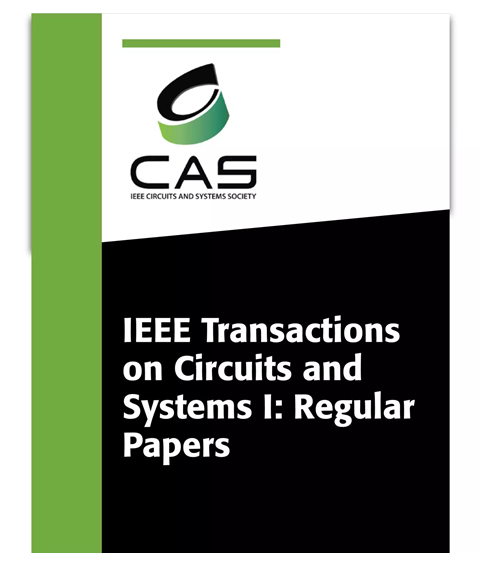基于无损耗电阻器方法的恒功率-恒电压电池充电技术
IF 5.2
1区 工程技术
Q1 ENGINEERING, ELECTRICAL & ELECTRONIC
IEEE Transactions on Circuits and Systems I: Regular Papers
Pub Date : 2024-08-19
DOI:10.1109/TCSI.2024.3441508
引用次数: 0
摘要
通过在 CP 阶段实施无损耗电阻(LFR)行为,在带输出滤波器(BOF)的传统升压转换器中实现了电池充电的恒功率(CP)-恒电压(CV)协议。为了在同等基础上比较新的 CP-CV 技术与经典的恒流 (CC) -CV 协议的性能,后者也在同一功率级中实施。BOF 中的 CC 阶段是通过在转换器中加入第二类行为的 G-gyrator 来实现的。多功能控制器在 CV 阶段对两种协议使用相同的电压调节回路,而在 CP 和 CC 阶段使用略有不同的回路。后一个环路在 CP 和 CC 阶段都基于 BOF 输入电感电流的滑模控制 (SMC),在稳态情况下,LFR 与输入电压成正比,而在回旋器情况下,则与输出电压成正比。为了补偿 CC 阶段电池电压的缓慢变化,在回旋器中增加了一个比例积分(PI)电流调节器。对相应实验结果的比较显示,两种方法在测量波形、元件应力、效率和外部温度方面的表现完全相同。基于 LFR 的 CP-CV 实现非常简单,因此可以将所提出的协议扩展到其他硬开关转换器。本文章由计算机程序翻译,如有差异,请以英文原文为准。
Constant Power-Constant Voltage Battery Charging Based on a Loss-Free Resistor Approach
A constant power (CP)-constant voltage (CV) protocol for battery charging is implemented in a conventional boost converter with output filter (BOF) by imposing loss-free resistor (LFR) behavior during the CP phase. To compare on equal basis the performance of the new CP-CV technique with the classical constant current (CC)–CV protocol, the latter is also implemented in the same power stage. The CC phase in BOF is attained by imposing a G-gyrator of type II behavior to the converter. A versatile controller uses the same voltage regulation loop for both protocols during the CV phase and a slightly different loop for the CP and CC phases. The latter loop is based in both CP and CC phases on the sliding-mode control (SMC) of the input inductor current of BOF, which in steady-state is made proportional to the input voltage in the LFR case or to the output voltage in the gyrator implementation. To compensate for the slow variations of the battery voltage during the CC phase, a proportional-integral (PI) current regulator has been added in the gyrator realization. The comparison of the corresponding experimental results shows identical behavior in both approaches in the measured waveforms, component stress, efficiency and external temperature. The simplicity of the CP-CV implementation based on LFR allows the extension of the proposed protocol to other hard-switching converters.
求助全文
通过发布文献求助,成功后即可免费获取论文全文。
去求助
来源期刊
CiteScore
9.80
自引率
11.80%
发文量
441
审稿时长
2 months
期刊介绍:
TCAS I publishes regular papers in the field specified by the theory, analysis, design, and practical implementations of circuits, and the application of circuit techniques to systems and to signal processing. Included is the whole spectrum from basic scientific theory to industrial applications. The field of interest covered includes: - Circuits: Analog, Digital and Mixed Signal Circuits and Systems - Nonlinear Circuits and Systems, Integrated Sensors, MEMS and Systems on Chip, Nanoscale Circuits and Systems, Optoelectronic - Circuits and Systems, Power Electronics and Systems - Software for Analog-and-Logic Circuits and Systems - Control aspects of Circuits and Systems.

 求助内容:
求助内容: 应助结果提醒方式:
应助结果提醒方式:


